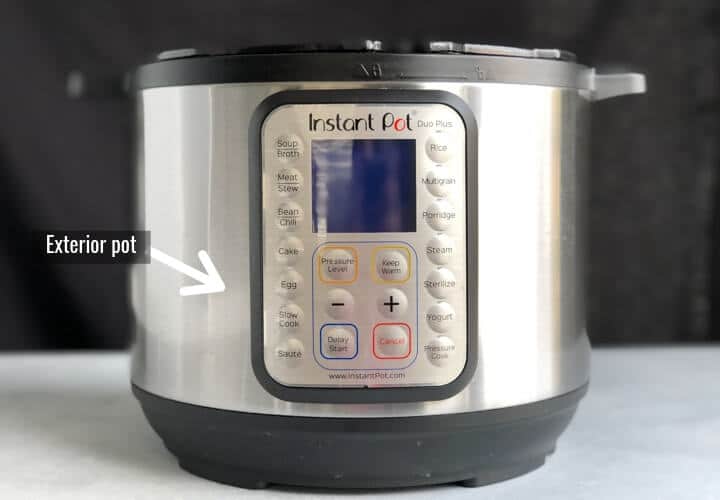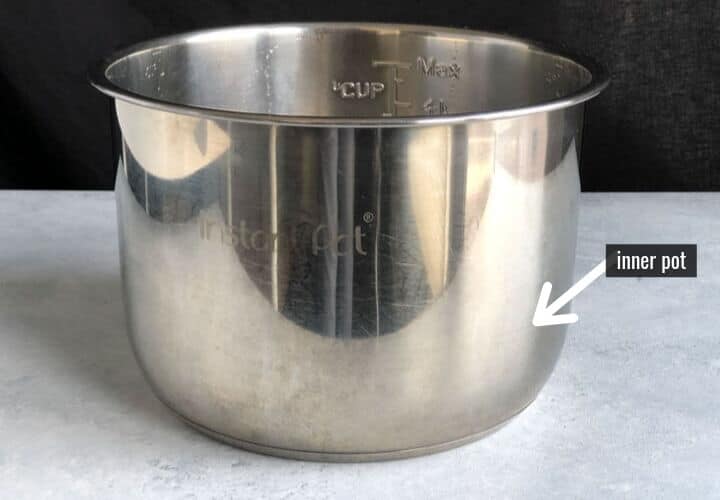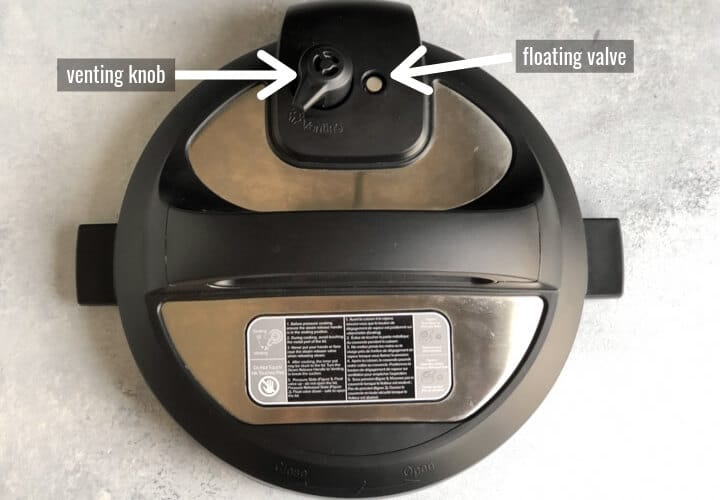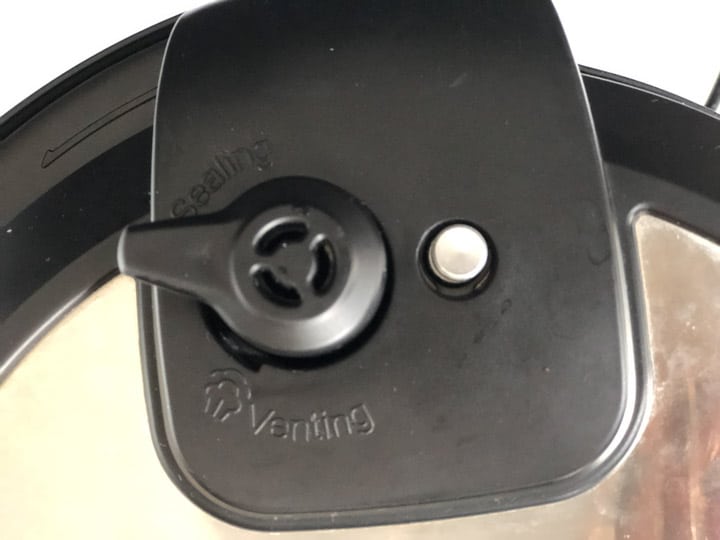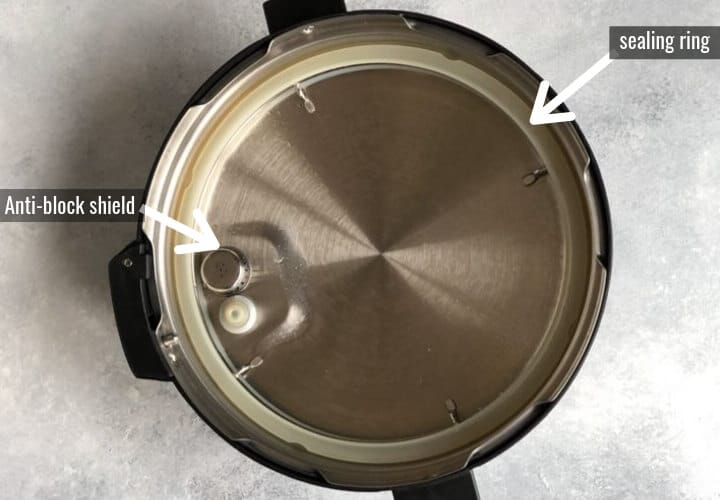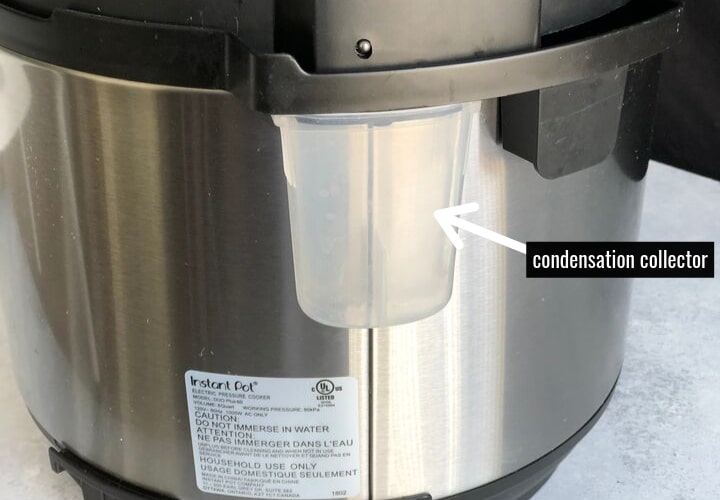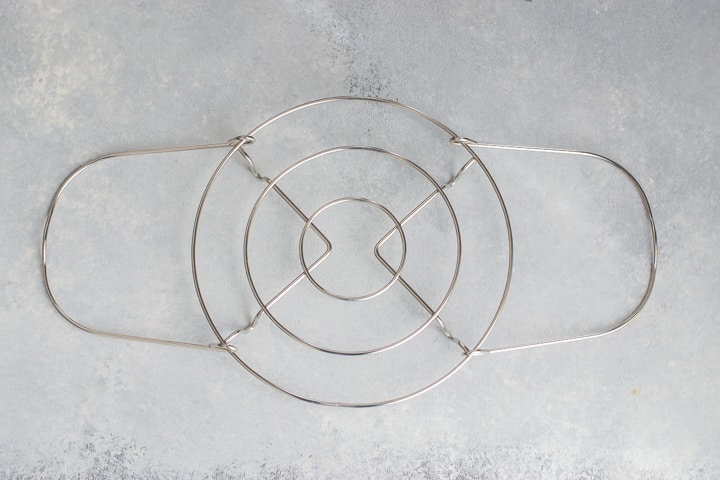Instant Pot Terminology
Note: This post contains affiliate links. As an Amazon Associate I earn from qualifying purchases.
Getting confused with Instant Pot lingo? Check out this quick guide to the most commonly used terminology and acronyms that’ll get you started in no time!
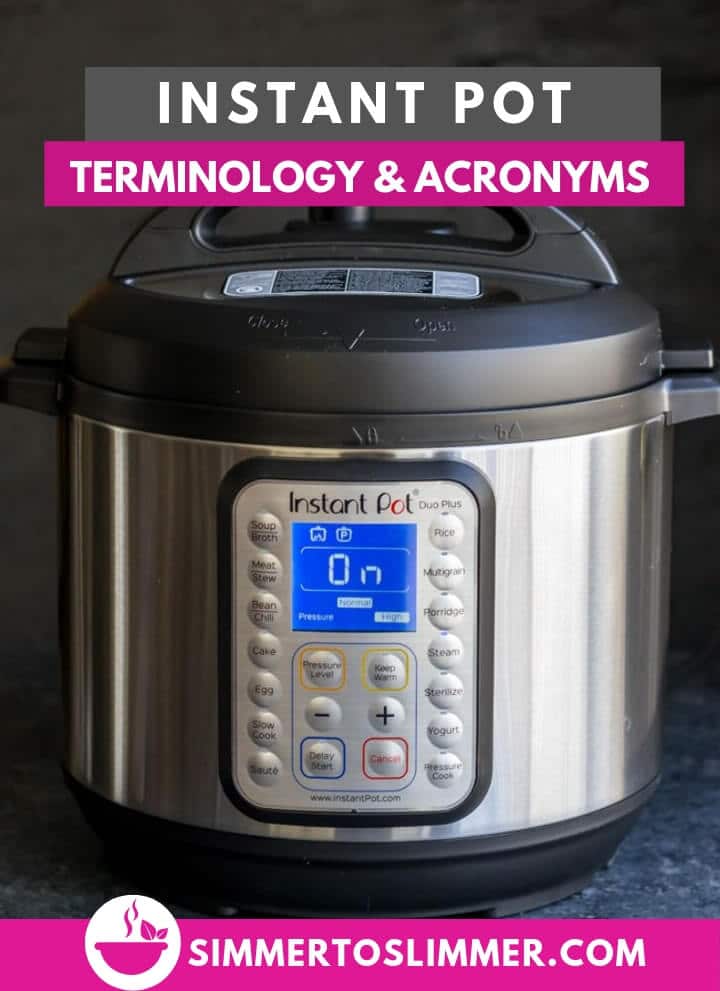
Instant Pot is the #1 selling electric pressure cooker and has a huge fan following. There are a number of books, blogs, and Facebook groups dedicated to Instant Pot recipes. To make the most of these resources, you need to know the Instant Pot lingo/slang that is commonly used by Potheads – a word often used to describe Instant Pot users.
Here are the most commonly used terminologies and acronyms divided by categories –
Device
There are a few acronyms tied to the device itself, let’s find out what they are –
- IP – short for Instant Pot. Also, called Insta Pot by some.
- PC – Pressure cooker. There are two kinds – stovetop ones (remember, Hawkins?) and electric pressure cookers like Instant Pot and Mealthy MultiPot.
- EPC – Electric Pressure Cookers. There are many in the market with Instant Pot being the most popular one.
- Lux / Duo / Duo Plus / Ultra / Smart / Max – These are the different models that Instant Pot currently has in the market. To learn more about these models and find the one that is right for you, read Instant Pot Buying Guide – Which Instant Pot is right for you?
Parts
- Exterior Pot / Instant Pot Base – This is the part which contains the heating element and the microprocessor. Note – Wipe it dry with a damp cloth after use and do not immerse it in water. Always check to see if the inner pot is present before pouring any liquid inside the Instant Pot.

- Steel insert / Inner pot – This is the inner pot where all cooking takes place. It is dishwasher safe. Instant Pot comes with a stainless steel insert but if you prefer a non-stick one, that’s available too.

- Pin/Floating valve – This steel or red pin next to the steam valve indicates if your cooker is pressurized or not. When it is up it means the cooker is pressurized and when it is down, it means it is not.
- Vent/venting knob / Steam release valve – This loosely fits the lid. You’ll see small amounts of steam releasing from the knob during the pressure building process and that’s completely okay.

- Sealing / Venting position – The valve is set to sealing position while pressure cooking and moved to the venting position to release steam when the cooking cycle is complete and also when slow cooking.

- Anti-block shield – This is the metal part underneath the lid. It prevents food particles from interfering with the steam release process. Make sure to remove and clean it after every use.

- Sealing ring/gasket – The silicone ring underneath the lid is one of the critical parts of Instant Pot. It needs to be fitted in properly for the pressure cooker to come to pressure. Always check it before using the Instant Pot. Don’t forget to replace your sealing ring every 12-18 months. They retain smell so buy a 2-pack set, one for sweet and the other for savory.
- Condensation collector – This is placed in the back of your Instant Pot and is used to capture any moisture that develops during cooking.

- Trivet / Steam rack – Always used by first adding liquid in the inner pot and then placing the trivet. The trivet can then be used to either place food for steaming or for placing a container on top for pot in pot cooking (more on this later).

Functions
- HP stands for High Pressure mode. I use this mode for almost all my cooking needs.
- LP is Low Pressure mode. Lux models do not have this function. It is the preferred mode for rice and shrimp.
- QPR, QR (Quick Pressure Release or Quick Release) – This releases pressure instantly. The function is similar to pulling the weight/vent or the whistle of a traditional pressure cooker to release pressure immediately. DO NOT use this feature for sticky foods or for Porridge / Congee as this may cause food to leak out from the steam release handle. To release pressure instantly,
- Press cancel and your display should read OFF.
- Twist the steam release handle on the lid to “Venting” position.
- NPR, NR (Natural Pressure Release or Natural Release) – This means letting the pressure come down on its own which takes about 20 minutes (sometimes more depending on how full the cooker is).
- X-minute Natural Release – Once the cooking is done, the cooker will go into the “Keep Warm” mode. When a recipe reads 5 minutes NPR – it means to wait for 5 minutes after the cooking cycle is complete and then press cancel. Your display will read OFF. Twist the steam release handle on the lid to “Venting” position to release pressure.
- Manual (older models) vs Pressure Cook – Old recipe books often mention using the Manual mode. For those who have the newer model, it is the same as the Pressure Cook mode. This button allows you to manually set the time to pressure cook.
Instant Pot Cooking
- Water test / Test run – This is an initial test run that you must perform to ensure the cooker is functioning properly. If you haven’t done one yet, check out this video recipe on how to do the water test.
- 5-5-5 or 6-6-6 method – This is the formula for cooking eggs in the Instant Pot. You pressure cook the eggs for 5 minutes under high pressure. Once the cooking cycle is complete, wait for 5 minutes before doing a quick release. The last step is to place the eggs in an ice bowl for another 5 minutes before peeling them. There are few people who follow the 6-6-6 formula, which means instead of pressure cooking for 5 minutes, you would do it for 6 and similarly do the rest of the activities for 6 minutes. Check out this recipe for Instant Pot Boiled Eggs for detailed instructions.
- Deglaze – This process involves scraping the bits stuck to the bottom of the steel insert before pressure cooking any food. This prevents the food from sticking to the bottom and burning.
- PIP (Pot in Pot cooking) – Pot in Pot cooking involves placing a smaller container (or stackable containers) inside the inner pot to prepare a dish. This technique is used to cook different food items with similar cooking times in one go. For example, you could make rice and dal together, or this sambar recipe where the vegetables are cooked separately from the main curry.
- Sling – It can be an aluminum foil designed to be a sling or a store-bought silicone one. It makes it easy to remove bakeware or the stacked pots out of a pressure cooker. I found it particularly handy when making this delicious date cake. It also keeps your bakeware above the cooking water. Use it when you are baking cakes, lasagnas, cheesecakes and more.
- Burn message – When food gets stuck to the bottom of the pot, IP shuts down to prevent overheating and displays the ‘BURN’ message. Here’s a detailed post on what to do when you see the Instant Pot Burn Message.
- Keep Warm – After the cooking cycle is complete, Instant Pot enters the keep warm mode and you’ll see the button is highlighted. To disable the keep warm mode, press the cooking program button twice (in older models). The newer models have a Keep Warm function that you cancel.
- LID – You’ll see this message when you place the lid on the Instant Pot during Saute mode. Don’t leave the lid on while sauteèing because that prevents the food from crisping.
Before I sign off, I wanted to clarify – It is Instant Pot and not Insta Pot. A lot of folks call it Insta Pot, and they often get corrected when they use the term incorrectly in Facebook groups. But you know better now :-).
Found this post helpful? Please leave me a comment below to let me know.
Here are some more articles related to Instant Pot that will help you master pressure cooking –
- Instant Pot Quick Start Guide – This post will guide you through the Instant Pot setup and teach you how to make the most of your Instant Pot.
- Things you should know before using your Instant Pot – This post is filled with tips that’ll help you make the most of your Instant Pot.
- How to do a water test in the Instant Pot– A video tutorial that’ll guide you through the initial test run of your Instant Pot.
- Instant Pot Accessories – The 10 most recommended accessories for Instant Pot. A word of advice – don’t rush to get them all; buy as needed.
- Instant Pot Cookbooks – Here’s a collection of my most recommended cookbooks for all kinds of diet and cooks of all levels.


